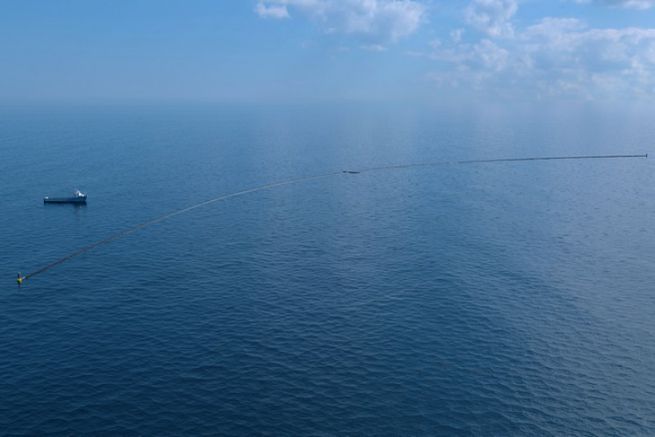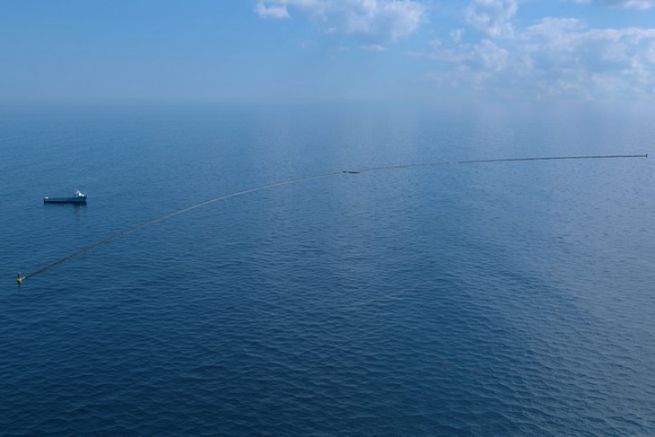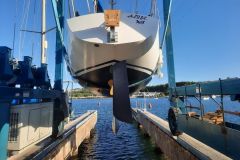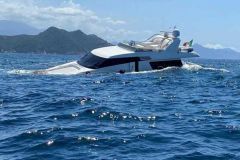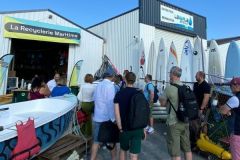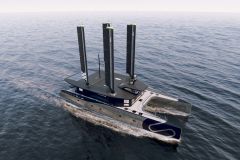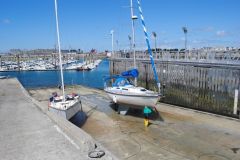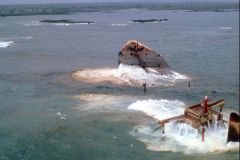The Ocean Clean Up, the Dutch foundation developing cutting-edge technologies to rid the oceans of plastic, announced in mid-May that it would begin extracting plastic from the Great Pacific Garbage Patch in 12 months. It added that it had started production of the first installations. Thanks to improved design, the system is even more efficient and it will take only 5 years to clean half of the Pacific Gyre, located between Hawaii and California.
Ridding the oceans of plastic pollution
More than 5 trillion pieces of plastic accumulate in 5 ocean gyres, the largest being the Great Pacific Garbage Patch. The Ocean Clean Up is a system that uses the movement of the oceans to recover the plastic.
The flotation system consists of a long continuous polyethylene pipe, a durable and recyclable material. Combined with the submerged screen, it catches and concentrates the plastic and provides buoyancy for the entire system. The float - 1 to 2 km long - is flexible enough to follow the movement of the waves, but rigid enough to maintain a U shape. A large submerged wall/sieve also helps to retain the waste plastics underwater (even 1 cm particles) while allowing marine species to pass underneath, thanks to the currents.
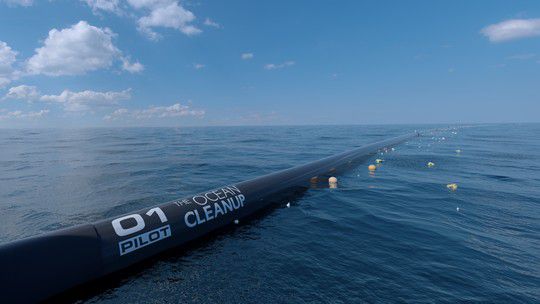
A floating anchor submerged at a depth of 600 m slows down the progress of the system, making it move less quickly than plastic. Ballast tanks allow the depth to be adjusted according to current conditions. Once the buffer zone is filled with waste, a support vessel comes to empty the plastic, before bringing it ashore for recycling.
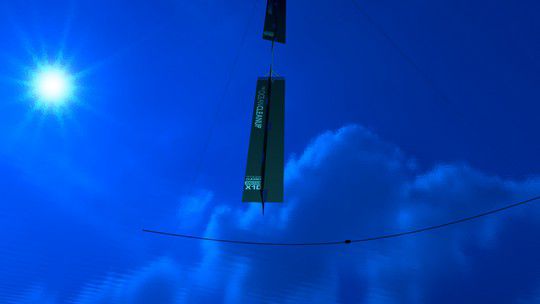
Improvements to the system include the floating anchor system, removable or fixed, which will provide a slower movement of the floats than plastic. In addition, rather than a massive barrier, this improved modular cleaning system will consist of several socks.
This new modular technology and the $21.7 million fund-raising completed in early May enable Ocean Cleanup to accelerate the production, deployment and actual extraction of plastic from the ocean.
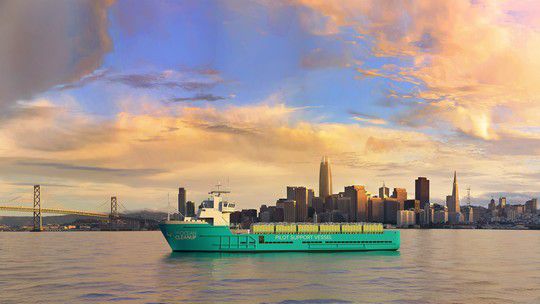
Testing of the first system will begin on the West Coast by the end of 2017. With the deployment of the system in the Great Pacific Garbage Patch in the first half of 2018, The Ocean Cleanup will begin its mission two years ahead of schedule.
The Ocean Cleanup Foundation
The Ocean Cleanup designs and develops cutting-edge technologies to rid the oceans of plastic. Our goal is to conduct the largest cleanup in history through the large-scale, efficient and environmentally sound removal of plastic pollution from aquatic ecosystems.
Founded in 2013 by 18-year-old Boyan Slat, The Ocean Cleanup currently employs approximately 65 engineers and researchers. The base is based in Delft, the Netherlands.

Instead of using nets and ships to collect the plastic debris, which would take thousands of years and billions of dollars - The Ocean Cleanup is developing a network of long floating barriers that act like an artificial coastline, allowing natural ocean currents to concentrate the plastic in the area. In addition, The Ocean Cleanup is designing processes to transform the recovered marine plastic into useful raw materials.
In preparation for the large-scale deployment, The Ocean Cleanup organized several expeditions to map this plastic pollution problem in Great Pacific Garbage Patch in unprecedented detail. At the same time, the team advanced the design through a series of rapid iterations of scale tests, followed by a 100m prototype, which was deployed in the North Sea in June 2016.

 /
/ 